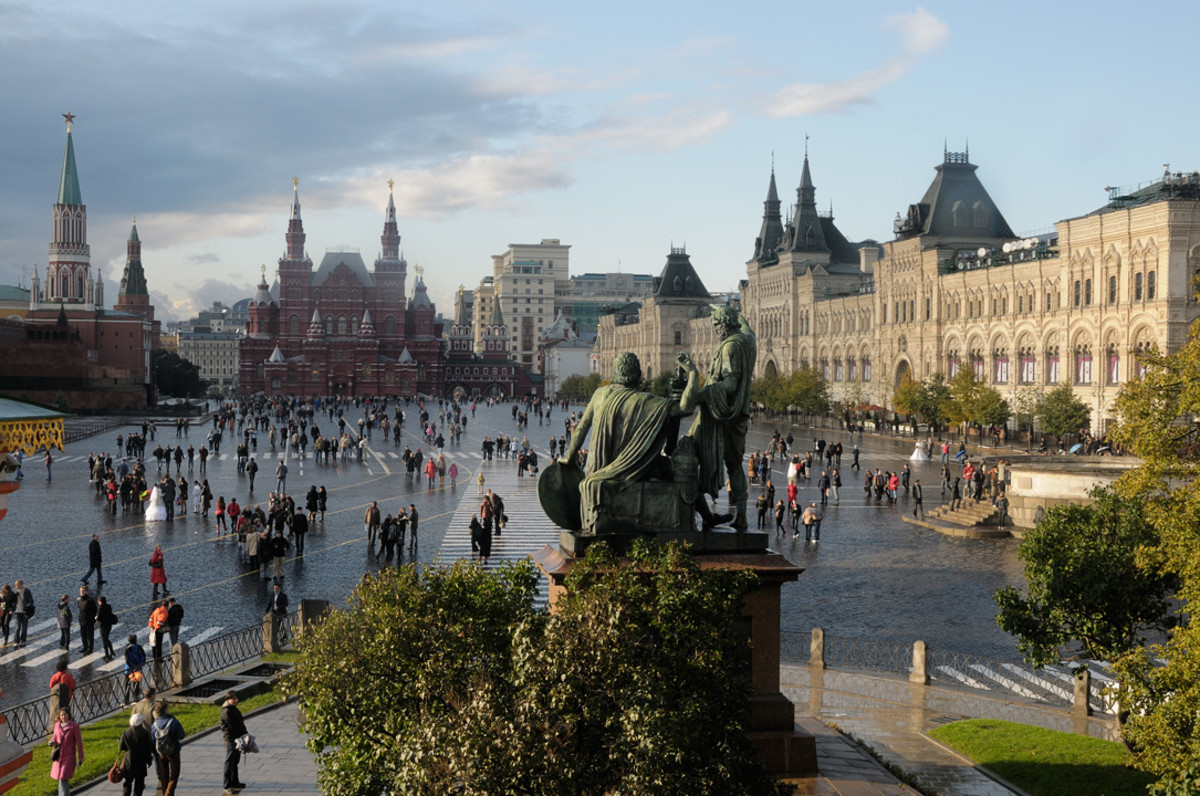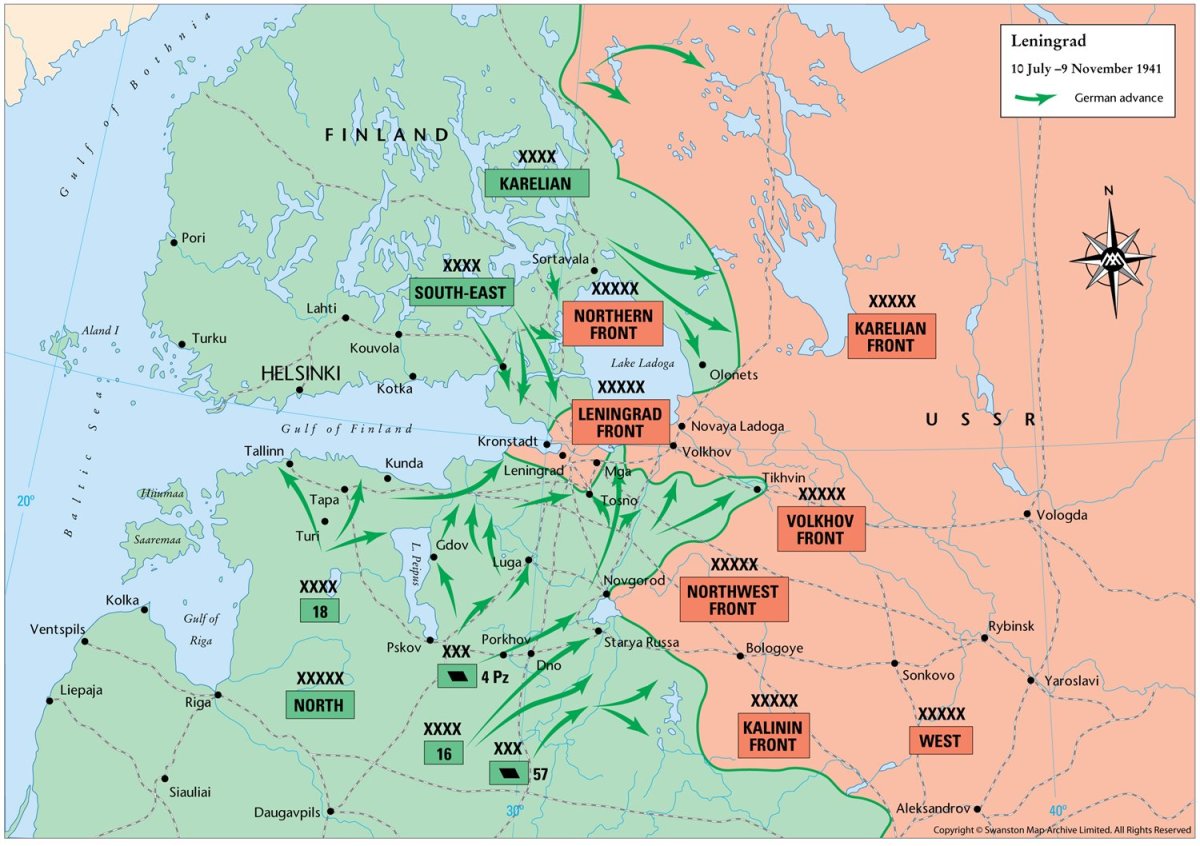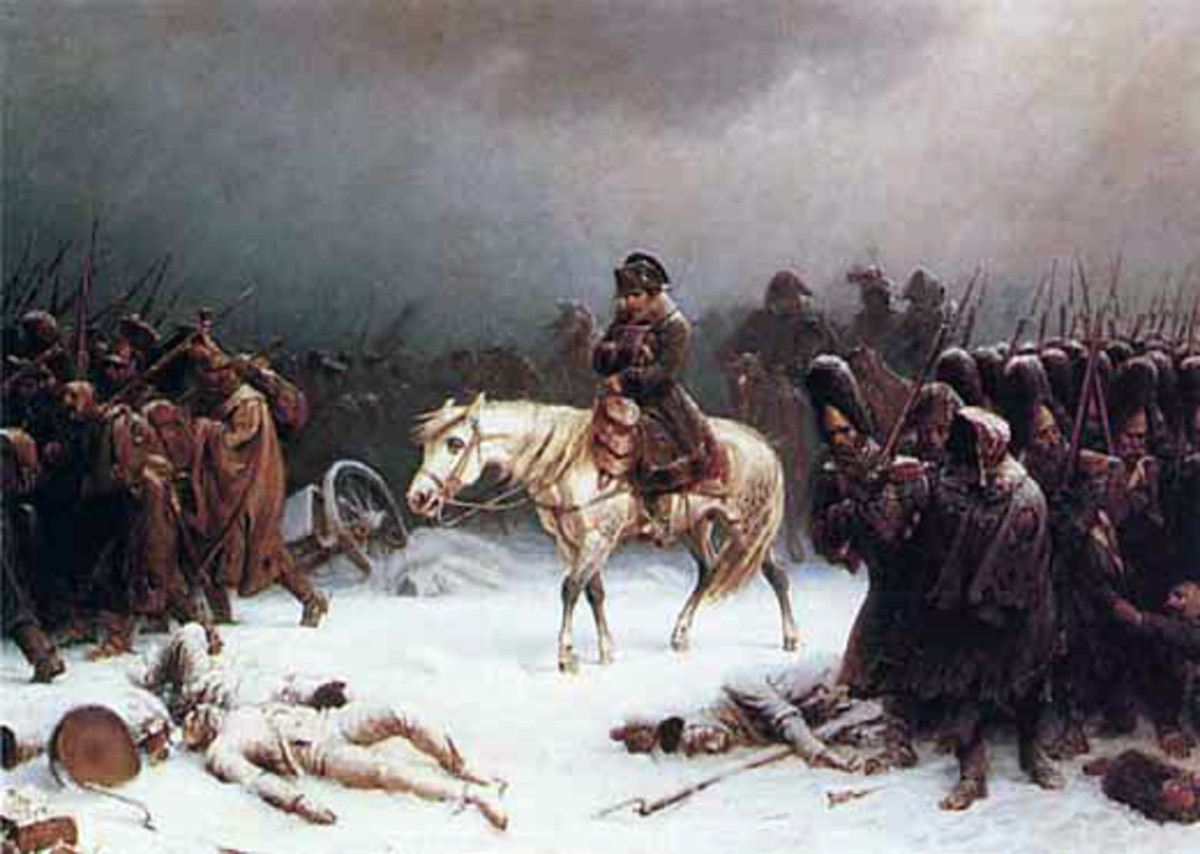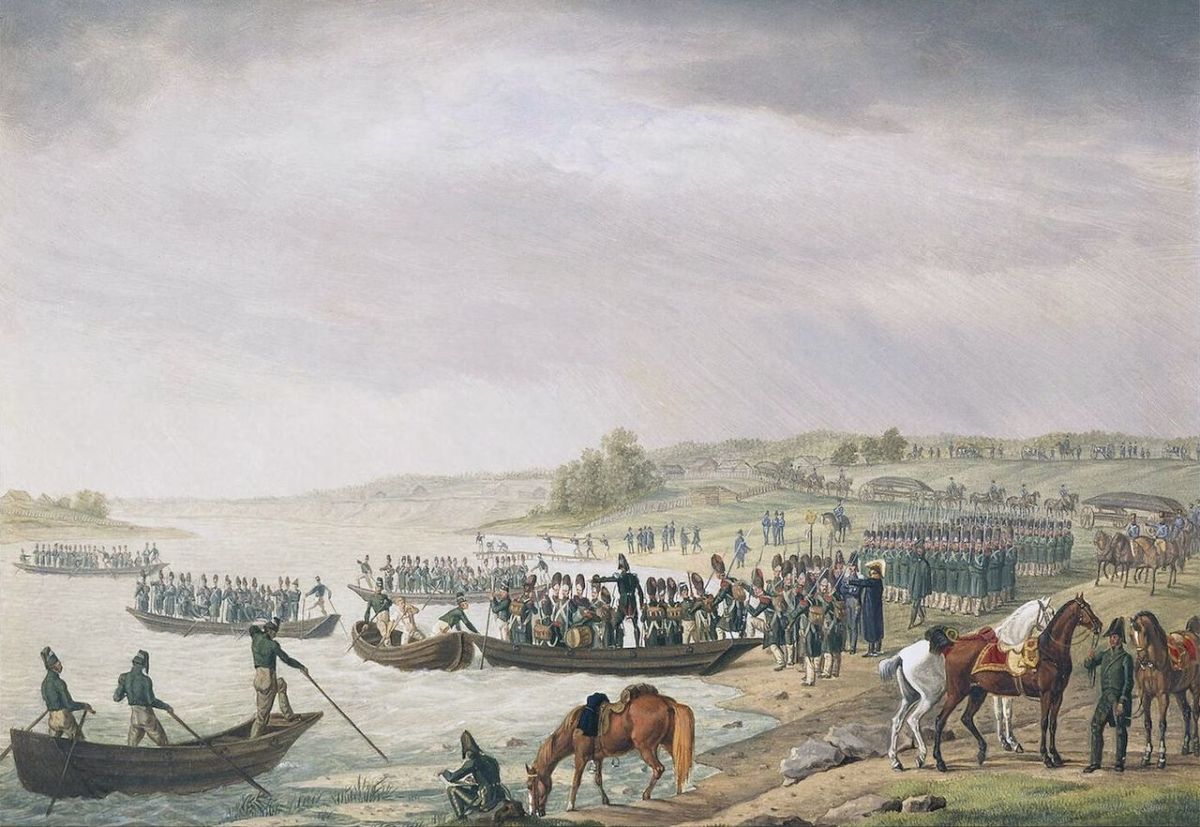History of Finland

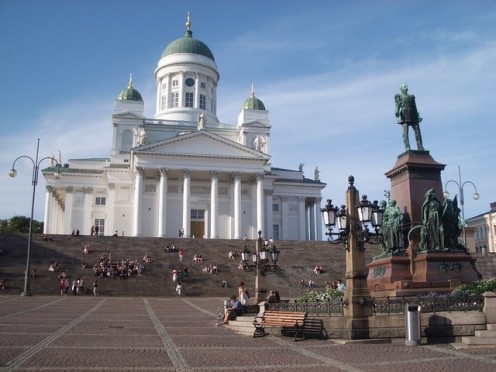
History of Finland- Early History
First inhabited by tribes from Asia about 8000 BC
Viking penetration about 800AD which was then followed by Christianisation by the English and Swedish missionaries in the 11th and 12th centuries
Finland thus came under the rule of various Scandinavian countries until eventually in 1323 the Swedes gained control, this was to remain the case for almost the next 500 years
Under the rule of the Swedes, Finlands borders steadily increased until the Swedes were defeated by the Russians in the Great Northern War
Russia expanded its grip on Finland until by the end of the Napoleonic Wars, under the ruling of the congress of Vienna, Finland became completely annexed by Russia
Finland was allowed a large degree of autonomy under the Russians and as a result prospered
History of Finland - Twentieth Century
WWI and the Russian Revolution gave Finland a chance to seize independence which they did.
A minor civil war erupted between the Russian Bolsheviks and the people of Finland until eventually under the 1920 Treaty of Tarta the Russians recognized Finland as an independent country
At the start of WWII Finland tried to align itself with neutral Sweden but a bloody invasion by the Soviets changed all of that
History of Finland took another twist when it assisted Germany in an invasion of Russia in June of 1941. Their aim was to restore their pre WWII borders. Both the Germans and Finnish were defeated however in very severe fighting
They called a truce with the Russians in September of 1944 and eventually fought alongside the Russians against the Germans
At the end of WWII the Fins were forced to pay $300 million to the Russians in compensation for their attempted invasion. They completed the payments in 1952
After WWII Finland established a policy of neutrality but maintained close links with Russia. Russia became Finland’s major trading partner.
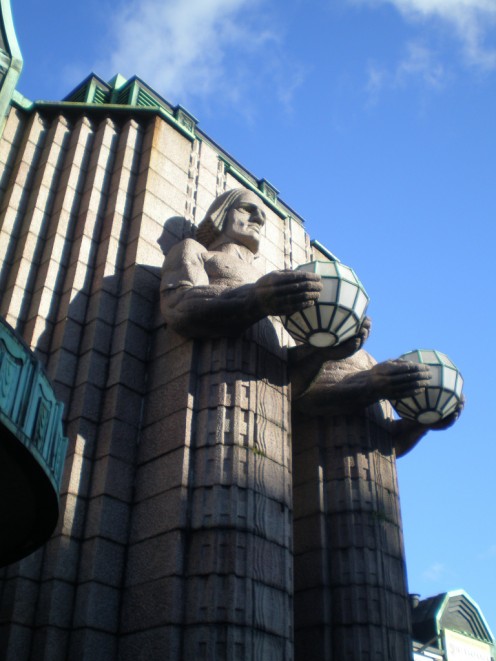
History of Finland - Present Day
At the end of the Cold War many Finnish welcomed the break from the restrictive Russian alliance, however it also bought many negative impacts the most noticeable of which was the severe impact it made on the economy.
High interest rates and unemployment lead to some hard times for the Finns during the 90's.
The government was forced to drastically reduce the level of social security provided to the people.
This sudden change in fortunes inspired the people to vote in a 1995 referendum to join the EU
Finland still maintains its neutrality, as such it has not unlike most EU members, and became a part of NATO
It still has one of the EU's highest unemployment figures but its growth rate is steadily climbing and inflation remains very low
My name is Robee Kann, for four years I was a tour guide throughout Europe. I loved my job and I would love to hear from you. You are most welcome to message me to say hello or request a hub about a European subject. Please look at my other hubs and leave a comment for me.



